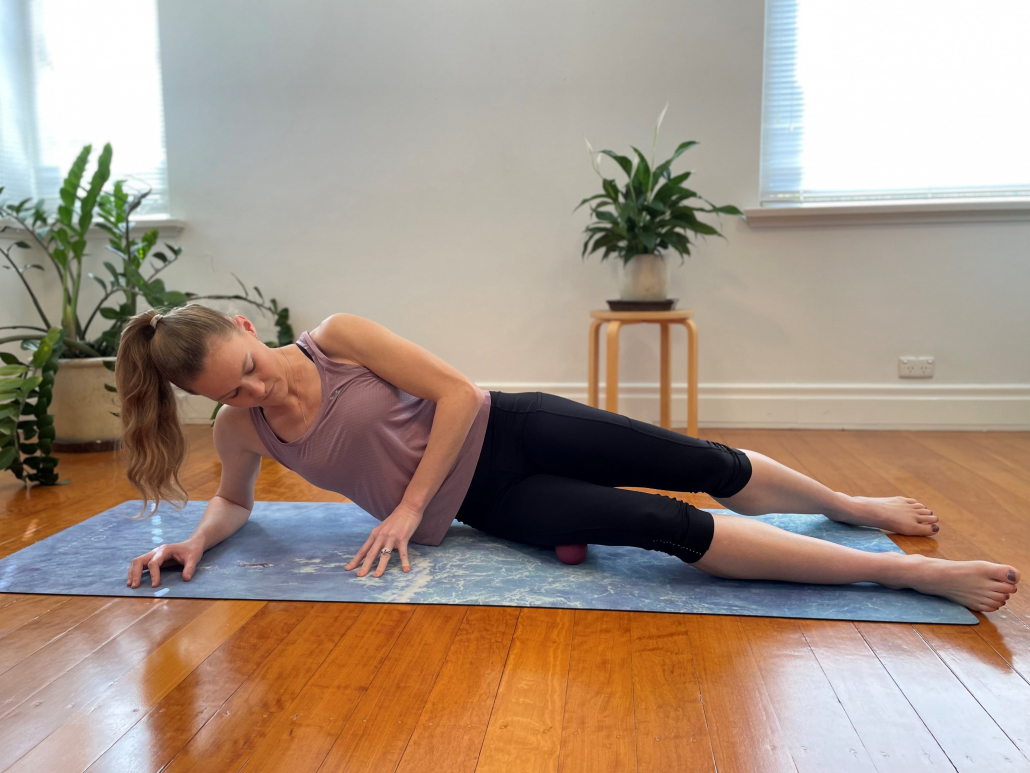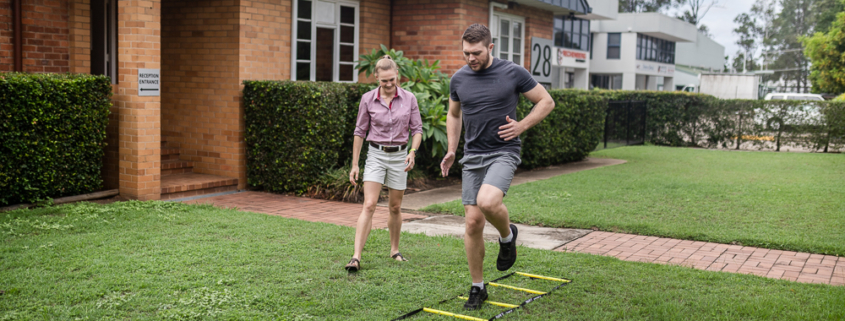Common Running Injuries and How to Avoid Them
Running is a great form of exercise that works the whole body from legs to lungs and everything in between. Given that running seems so simple, people often underestimate the load it places on the body, leading to running injuries. Runners at any level of fitness can experience pain or injuries and physios are well equipped to help manage and prevent injuries. Using hands-on treatment as well as exercise prescription and training adjustments, physios play an important role in treating running injuries. This article will explain common running injuries and how to avoid them so that you can keep enjoying your run.
Common Running Injuries and How to Avoid Them
Given the repetitive nature of running, it’s not surprising that a majority of common running injuries are often overuse related. ‘Overuse’ or rather, accumulative strain injuries, are more than simply too much running.
For runners of all fitness levels, load management plays a key role in common running injuries and how to avoid them. Load management can include days of total running in a week, the intensity or how fast the running is. It can also include the total number of kilometres in a week, the number of rest days as well as considering other activities in the week (like strength training or playing social sport).
Delayed onset muscle soreness is the achy feeling in your muscles when they are recovering from exercise. Anyone who has tried a new activity or even had a big day of gardening will know the experience of DOMS. For most runners, DOMS is a regular part of training. DOMS is a normal response from the body and most commonly occur after increasing the distance or intensity of a run. They are not a cause for concern and can usually be managed with gentle stretching and movement.

How Do Running Injuries Occur?
As mentioned, many running injuries are related to poor load management. Therefore, when it comes to avoiding common running injuries, having a program that is individualised to your needs and fitness is key.
Common running pains often occur when there is too big of an increase in training, too quickly. This can be an increase in volume – either suddenly going from 5km run to 10km run or an increase in load across the week, such as going from 3 days of running to 5 days of running. An increase in intensity can also contribute to injuries – such as adding in sprints or high intensity running without preparing the body.
A good rule of thumb for any training program progression is to increase by no more than 20% and to only change one variable (eg. distance or intensity) at a time.
It is also important to consider other factors in injury prevention other than training. Load refers to all aspects of the body – so while training is a big contributor there are other influences to consider. These can include sleep, rest/recovery between sessions, strength, past injury history, not warming up appropriately and nutrition.
What are some common running leg injuries?
Due to the nature of running, most injuries occur in the leg. Common running leg injuries include:
- Hip pain or hip bursitis
- Hamstring muscle tear/hamstring tendinopathy/hamstring muscle tightness
- Anterior knee pain/patellofemoral pain
- Achilles pain/Achilles tendinopathy
- Shin splints
- Plantarfascia pain/plantarfasciopathy
While there are a wide range of running injuries, the underlying treatment approach is consistent. Treatment for running injuries will typically include:
- Deloading the area: this may include hands on treatment from your physio. For example, joint treatment, dry needling, massage, nerve treatment or taping. As well as modifying your training to an appropriate level. This may be a reduction in volume, swapping out some running for cross-training such as bike or pool sessions or occasionally a short period of complete rest.
- Improving function: once the injured site has been deloaded, the focus shifts to improving the range of motion and strength of the injured area. As well as ensuring good strength and flexibility of the entire leg and body for future injury prevention. This may include more hands on treatment from the physio as well as a home exercise program
- Appropriate reloading: Once symptoms have decreased alongside improved mobility and strength, the goal shifts to getting you back into full training. Your physio will work collaboratively to create a gradual return to training schedule
How to know when to see a physio for your running injury?
As mentioned, some general muscle aches are to be expected from running. However, knowing the difference between normal training soreness and injury pain is important. Many common running injuries start out mildly and get worse over time. What most people think of as small niggles, are often the early signs of an injury and should be addressed sooner, rather than later.
Delayed onset muscle soreness is the main common running pain that is not a cause for concern. This is a dull generalised ache across the whole muscle (or a number of muscles). It usually occurs 1-2 days after a big training session. It should ease slightly with gentle movement (such as going for a walk or light run) and resolve entirely around the 48-hour mark. Most other common running pains are the start of injuries and should be addressed by a physio sooner rather than later. Key signs to look for include:
- Pain is in a particular spot. For example right on the heel or under the knee cap (not generalised across the whole muscle)
- Pain gets worse with more running
- Pain is accompanied with stiffness or weakness/heaviness
- Difference side to side (eg sore on the left, but not the right)
- Pain does not resolve within 1-2 days
How to prevent running injuries

There are many strategies when it comes to common running injuries and how to avoid them. As previously discussed, load management is the most important approach. Either having a physio or experienced coach help determine the appropriate amount of training for your fitness level is the first line of defence for injury. However, determining the right amount of running is not foolproof and even with careful planning, injuries can still occur.
Another important step to consider is incorporating strength training alongside running to ensure that your leg muscles are properly conditioned. Again, this should be personalised to you by a physio or coach but may include exercises like squats, lunges and calf raises. Getting assessed by a physio early on is also very important for preventing common running leg injuries. Physios can help identify areas of restriction or weakness that may contribute to an injury and help put a plan in place so that niggles don’t become more serious injuries. You don’t even have to have a niggle to see a physio – in fact, the earlier you see a physio, the less likely you are to need time off training with a serious injury.
Expert treatment for your running injuries
Whether you are getting started on your running journey or are well into your career, Barefoot Physio can help with common running injuries and how to avoid them. Utilising sensitive nerve and range of motion tests to identify potential problems, they combine hands-on treatment and home exercise programs to develop a personalised treatment plan to help prevent and treat injuries so that you can continue running.








Leave a Reply
Want to join the discussion?Feel free to contribute!